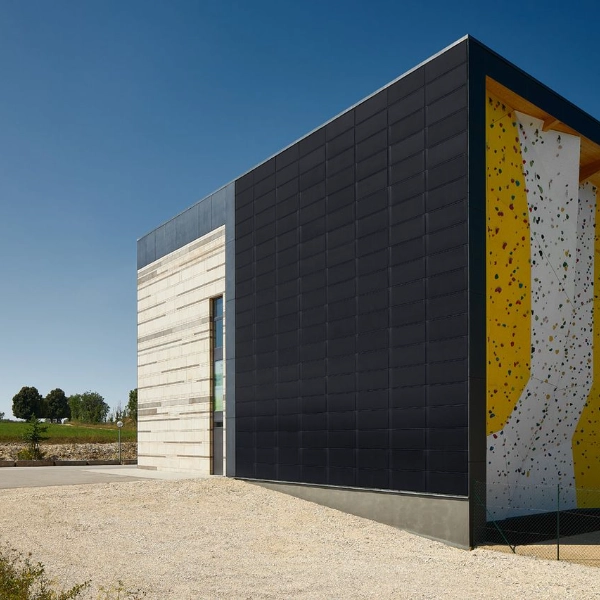The Pillars of Safety: Understanding Its Core Purpose in Modern Society
In an increasingly complex world, the concept of safety transcends mere physical protection; it embodies a multifaceted approach that safeguards individuals, communities, and organizations. The main purpose of safety is not only to prevent accidents and injuries but also to foster an environment where individuals can thrive without fear. This article delves into the various dimensions of safety, exploring its significance across different sectors and its impact on overall well-being.
- Defining Safety: A Multifaceted Concept
Safety can be broadly defined as the condition of being protected from or unlikely to cause danger, risk, or injury. However, this definition only scratches the surface. Safety encompasses various dimensions, including physical, emotional, psychological, and environmental safety. Each of these dimensions plays a crucial role in creating a holistic safety framework.
- Physical Safety: This is the most recognized aspect of safety, focusing on protecting individuals from physical harm. It includes workplace safety regulations, traffic laws, and building codes designed to minimize risks and prevent accidents.
- Emotional and Psychological Safety: Often overlooked, emotional safety is essential for mental well-being. It involves creating environments where individuals feel secure to express themselves without fear of judgment or retaliation. This is particularly important in workplaces and educational institutions, where a culture of trust can enhance productivity and learning.
- Environmental Safety: This dimension addresses the safety of the natural environment and its impact on human health. It includes regulations on pollution control, waste management, and sustainable practices that protect ecosystems and communities from environmental hazards.
- The Purpose of Safety in Various Sectors
The purpose of safety varies across different sectors, each with unique challenges and requirements. Understanding these nuances is vital for implementing effective safety measures.
- Healthcare: In the healthcare sector, safety is paramount. The primary purpose is to protect patients from harm, which includes preventing medical errors, ensuring sterile environments, and safeguarding patient data. The implementation of protocols such as the World Health Organization's Surgical Safety Checklist exemplifies how structured safety measures can significantly reduce adverse events.
- Construction: The construction industry is notorious for its high accident rates. The main purpose of safety in this sector is to protect workers from physical injuries and fatalities. This is achieved through rigorous training, adherence to safety regulations, and the use of personal protective equipment (PPE). The implementation of safety management systems, such as the Occupational Safety and Health Administration (OSHA) guidelines, has proven effective in reducing incidents on construction sites.
- Education: In educational settings, safety extends beyond physical protection to include emotional and psychological well-being. The purpose here is to create a safe learning environment where students can engage freely and without fear. Anti-bullying policies, mental health resources, and emergency preparedness drills are critical components of a comprehensive safety strategy in schools.
- The Societal Impact of Safety
The implications of safety extend beyond individual sectors; they resonate throughout society. A culture of safety fosters trust and resilience within communities, leading to enhanced quality of life. When individuals feel safe, they are more likely to engage in social activities, participate in community events, and contribute positively to society.
Moreover, safety has economic implications. Organizations that prioritize safety often experience lower insurance costs, reduced absenteeism, and increased productivity. For instance, companies that invest in safety training and equipment not only protect their employees but also enhance their reputation, attracting top talent and fostering customer loyalty.
- The Future of Safety: Innovations and Challenges
As we move forward, the landscape of safety is evolving, driven by technological advancements and changing societal expectations. Innovations such as artificial intelligence (AI), the Internet of Things (IoT), and big data analytics are transforming how safety is managed across various sectors.
- AI and Predictive Analytics: These technologies enable organizations to anticipate potential safety hazards and implement preventive measures proactively. For example, predictive maintenance in manufacturing can identify equipment failures before they occur, reducing the risk of accidents.
- Remote Monitoring: IoT devices allow for real-time monitoring of environments, enhancing safety in sectors like healthcare and construction. Wearable technology can track workers' vitals and alert supervisors to potential health issues, ensuring timely intervention.
However, these advancements also present challenges, including data privacy concerns and the need for continuous training to keep pace with technological changes. Balancing innovation with ethical considerations will be crucial in shaping the future of safety.
Conclusion
The main purpose of safety is a complex, multifaceted concept that extends beyond mere accident prevention. It encompasses physical, emotional, psychological, and environmental dimensions, each playing a vital role in fostering a secure and thriving society. As we navigate the challenges of modern life, prioritizing safety will not only protect individuals but also enhance community resilience and economic stability. Embracing innovative solutions while addressing ethical concerns will be essential in advancing safety practices for future generations.




